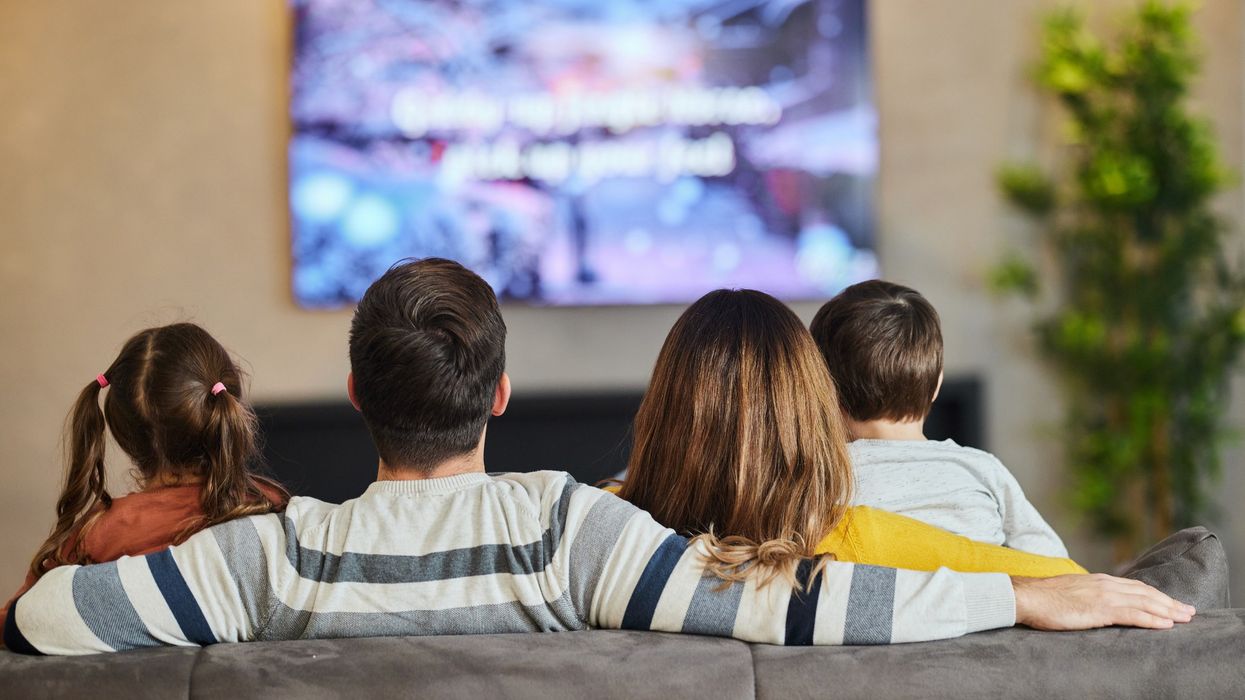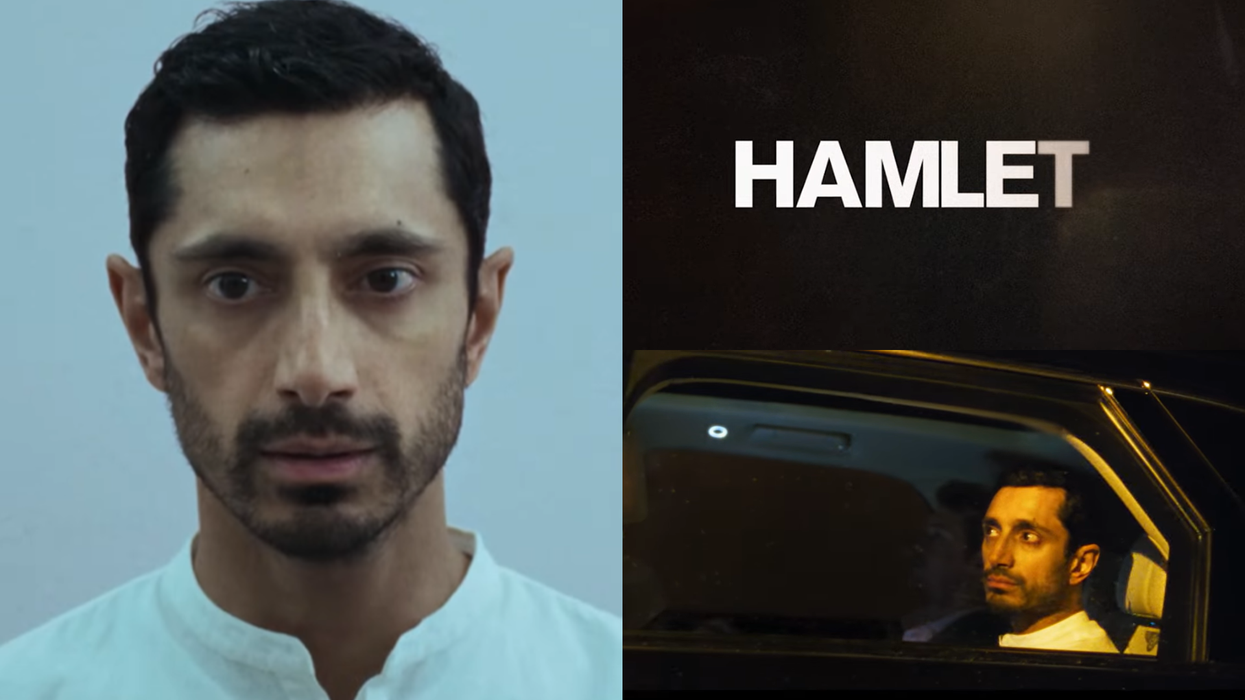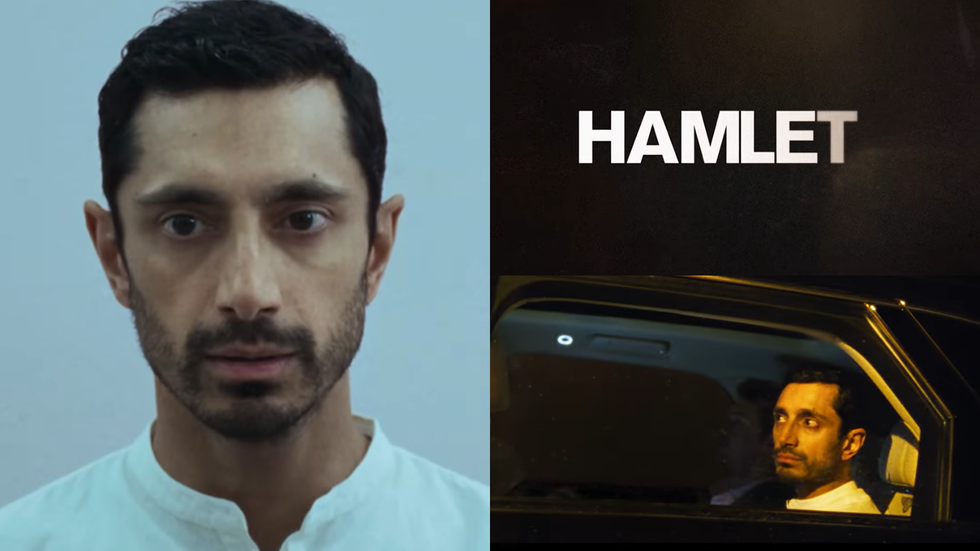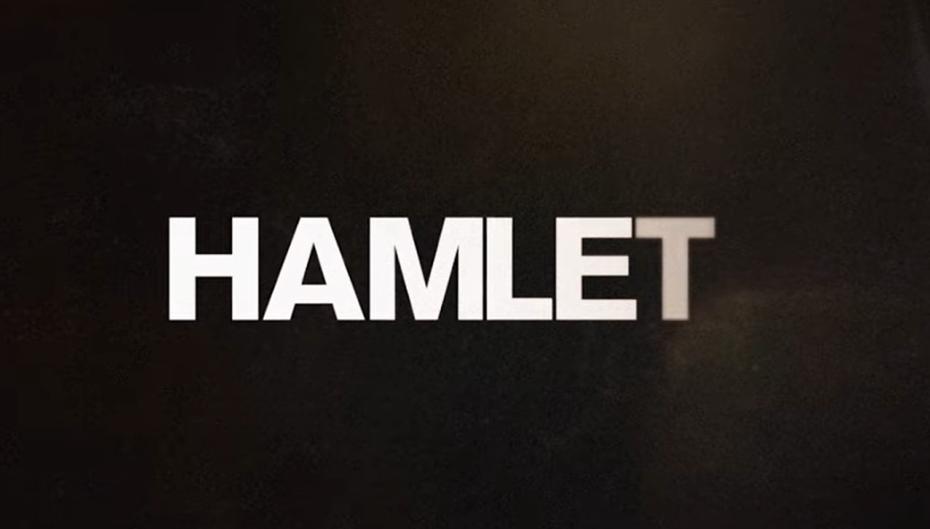Highlights
- One in five children aged 4 -15 now turn to YouTube first when using the TV
- YouTube now ranks second overall in UK viewing, behind BBC and ahead of ITV
- Viewers over 55 doubled their YouTube watch time in the past year
- Traditional broadcasters face challenges reaching younger audiences
- Ofcom urges fair terms for public broadcasters sharing content on YouTube
YouTube has become the most popular first stop for children watching television in the UK, according to Ofcom’s annual survey on viewing habits. One in five children aged between four and fifteen turned to the video platform first when switching on the TV last year, reflecting a significant shift in how audiences engage with content.
Netflix followed closely, while BBC One remained within the top five choices—matched by BBC iPlayer in popularity among younger viewers.
A generational shift to connected screens
The findings highlight YouTube’s growing presence not just among children but across age groups. Viewers aged 55 and above nearly doubled their YouTube watch time in 2024, spending an average of 11 minutes a day compared to six minutes the previous year. Notably, 42% of this content was viewed via TV screens.
Across all demographics, viewers spent an average of 39 minutes daily on YouTube, placing the platform second only to the BBC in total viewing time. ITV ranked third.
Traditional live TV viewing continues to decline among younger audiences. Viewers aged 16 to 24 watched just 17 minutes of live TV per day last year, and only 45% tuned into any broadcast TV in a typical week, down from 48% in 2023.
YouTube content increasingly mirrors traditional TV formats
YouTube has evolved to compete more directly with established broadcasters, with half of its top-trending videos now including formats such as long-form interviews and game shows.
This evolution is prompting public service broadcasters like the BBC, ITV and Channel 4 to rethink their digital strategies. While posting content on YouTube helps attract younger viewers, it also reduces traffic to their own platforms and shifts advertising revenue to the tech giant.
Ed Leighton, Ofcom’s interim group director for strategy and research, said:
“Public service broadcasters are recognising this shift, moving to meet audiences in the online spaces where they increasingly spend their time. But we need to see even more ambition in this respect to ensure that public service media that audiences value survives long into the future.”
Balancing reach with revenue
Ofcom has urged broadcasters to increase their presence on YouTube, but only on fair commercial terms. Its chair, Michael Grade, has called for ministers to consider new laws ensuring greater visibility for public service content on platforms like YouTube.
Among UK broadcasters, Channel 4 has taken the lead, placing a significant amount of its content on YouTube. ITV has also secured a new partnership with the platform. Within the BBC, debate continues over how much content should be shared via YouTube. BBC News head Deborah Turness revealed that the corporation’s AI division will also focus on expanding its YouTube strategy, particularly to engage younger viewers.
Total viewing time remains stable as habits evolve
Despite changes in viewing platforms, the total time spent watching video content at home remained steady. UK viewers averaged four hours and 30 minutes daily in 2024—just one minute less than in 2023.
Traditional broadcasters still account for the majority of viewing time at 56%, but this figure is down sharply from 71% in 2018.
YouTube is also leading in audio consumption, used weekly by 47% of UK adults, followed by Spotify at 36%. The platform’s growing influence is also evident in the podcast space, where YouTube has become a dominant destination for listeners.







 Riz Ahmed\u2019s Hamlet trailer exposes a South Asian family empire in crisis Youtube Screengrabs/Universal Pictures UK
Riz Ahmed\u2019s Hamlet trailer exposes a South Asian family empire in crisis Youtube Screengrabs/Universal Pictures UK  Riz Ahmed\u2019s Hamlet trailer exposes a South Asian family empire in crisis Youtube Screengrabs/Universal Pictures UK
Riz Ahmed\u2019s Hamlet trailer exposes a South Asian family empire in crisis Youtube Screengrabs/Universal Pictures UK 






